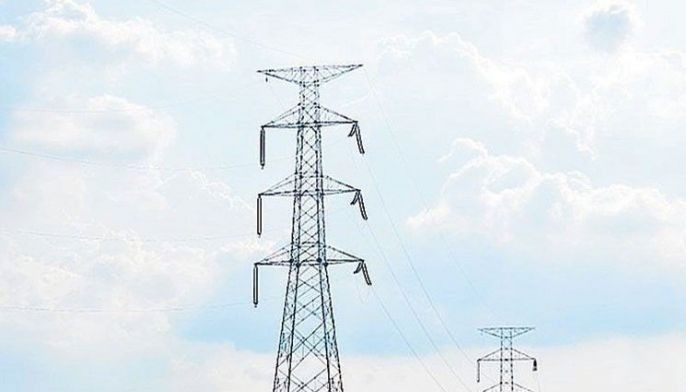MANILA, Philippines — The National Grid Corp. of the Philippines (NGCP), the grid operator, is pushing forward with its various projects to expand its transmission network, setting aside for later the issue of regulatory approval for cost recovery.
Amid the growing energy demand, the NGCP said yesterday that it is fully prepared to handle additional generation capacity through its ongoing and recently energized transmission projects.
It is currently working on the Tuy-Dasmariñas 500 kilovolt (kV) transmission line project, which will provide a transmission capacity of 2,400 megawatts (MW) at its initial 230 kV energization stage.
Other ongoing projects are the Cebu-Bohol Interconnection, expected to power Bohol with a 1,200-MW total interconnection capacity to Cebu Island, where the P52-billion Mindanao-Visayas Interconnection Project (MVIP) is connected.
Fully energized in January, the MVIP enables power sharing between Visayas and Mindanao of up to 450 MW of power, expandable to another 450 MW capacity, through installed transmission lines and submarine cables.
The NGCP also completed the Mindanao 230 kV transmission backbone extensions, which offer an additional transfer capacity of 2,200 MW in the north and 2,400 MW in the south of the region.
As part of its ongoing grid expansion initiatives, the NGCP recently sought the approval of the Energy Regulatory Commission (ERC) for the 500 kV backbone looping and extensions in Luzon and Leyte-Cebu Interconnection Lines 3 and 4.
“Aside from strengthening our transmission network, the recently completed backbone projects allow NGCP to create room for additional generation capacity, whether from conventional or renewable power sources,” it said.
The transmission operator fully activated the P20.9-billion Mariveles-Hermosa-San Jose 500-kV facility last Sunday and the P67-billion Cebu-Negros-Panay (CNP) 230-kV backbone project in April.
The new Mariveles-Hermosa-San Jose transmission line, which has a total capacity of 8,000 MW, can accommodate bulk power generation from incoming and existing power plants in Bataan and Zambales.
The CNP, meanwhile, adds 2,400 MW of overhead transmission capacity and 800 MW of submarine cable capacity to the interconnections among the islands.
The NGCP invested P87.9 billion for these two projects, but the ERC approved the recovery of only P201.78 million, which amounts to less than one percent of the total project costs.
Notwithstanding this, the company said it proceeded with the implementation of these critical projects as the Department of Energy (DOE) projected the country’s power demand to double over the next 12 years.
“With expedited project approvals and proper support from the ERC and the DOE, the NGCP can do more and is ready to deliver more available power supply to the Filipino people,” it said.
The NGCP has also renewed its call for a whole-of-government approach to address the economy-driven rise in power demand and the continuing capacity degradation of aging power plants.
“Objective and informed policy regulation and a fair, investor-friendly recovery process for implemented power transmission projects must also be given priority,” it added.


